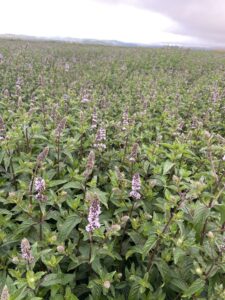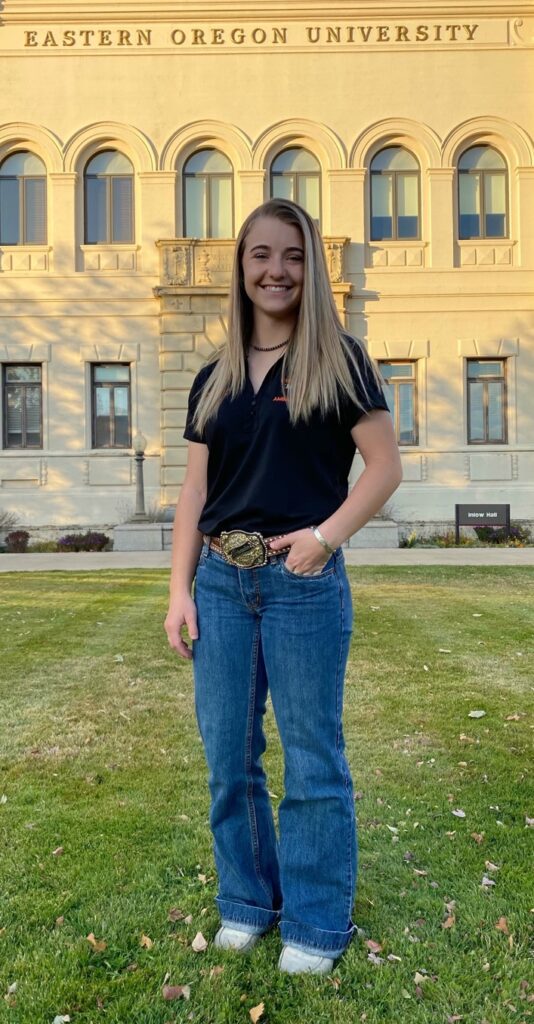My name is Alyson Yates, and I am returning as an OSU Extension intern for my second year in Lake County. This summer, I have been a part of both 4-H programming and agricultural research, with the intent of increasing my knowledge of Extension and its role in communities around Oregon. As I enter week 8 of my internship, I would like to reflect on the goals I have accomplished so far, and what I have yet to complete as I wrap up my time in Lake County.
One of the most fulfilling parts of my internship this year has been re-establishing the Lake County 4-H Ambassador program alongside OSU Education Program Assistant Melissa Maxwell. Growing up as a 4-H member in this county, I was active in many leadership areas, but this particular opportunity was not available to me. Taking the steps to develop this program throughout the summer has not only been rewarding, but it has given me valuable experience with youth program initiation and design. I am eager to see this project to completion when I wrap up my internship at our county fair!

Throughout the summer, I have also been able to assist with a series of educational clinics facilitated by Lake County Extension, where 4-H families and leaders can learn about various livestock species. I chose to take on the final event in this series, a clinic on rabbits and poultry, as my internship project. The preparation process involved many steps, from securing a clinician and venue to designing a registration method for participants. I also assisted with facilitating the clinic, which was held last week. 4-H members and leaders from around the county attended to learn and get hands-on experience, so I can happily call the project a success!
On the agricultural side of my internship, I have been helping with a forage research project organized by agent Tammy Barnes. So far, my work has been to process alfalfa samples from multiple study areas and complete dry matter measurements to calculate forage yield. These measurements are then analyzed to compare the yield of alfalfa that has been inoculated with BioEnsure with control groups that have been irrigated with LESA (low elevation sprinkler application) systems. This experience has taught me a lot about agricultural research methods and how Extension interacts with producers, and I am excited to learn more. While I have not yet been able to collect samples from our study area myself, I hope to do so in the coming weeks before my internship concludes.

Earlier in the summer, I was also able to attend a workshop on stream assessment and management taught by OSU Extension employees and partners in Eastern Oregon. This opportunity allowed me to draw valuable connections between Extension, local producers, and public land management organizations, and helped me learn more about the importance of watershed management.
The rest of my summer will be focused on preparation for the 103rd Lake County Fair & Roundup, held over Labor Day weekend. While helping facilitate activities and events at the fair, I also plan to continue building our media base for the future. I am looking forward to this event as the culmination of my second year with the Extension internship program, and I hope to continue finding new opportunities to learn and grow!











 Hello! My name is Abbey Berhorst, and I grew up in Yamhill, Oregon. I just graduated with a
Hello! My name is Abbey Berhorst, and I grew up in Yamhill, Oregon. I just graduated with a